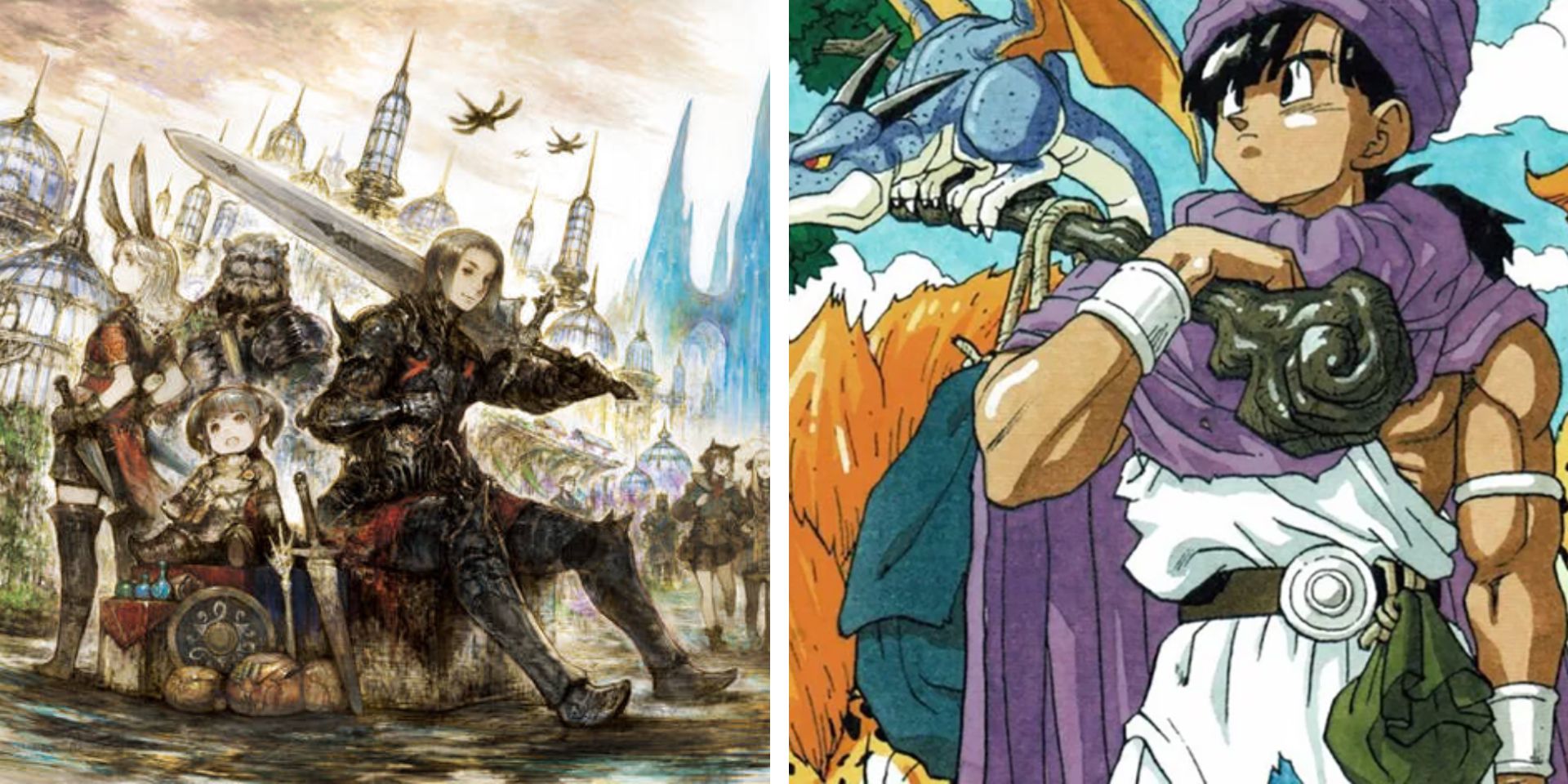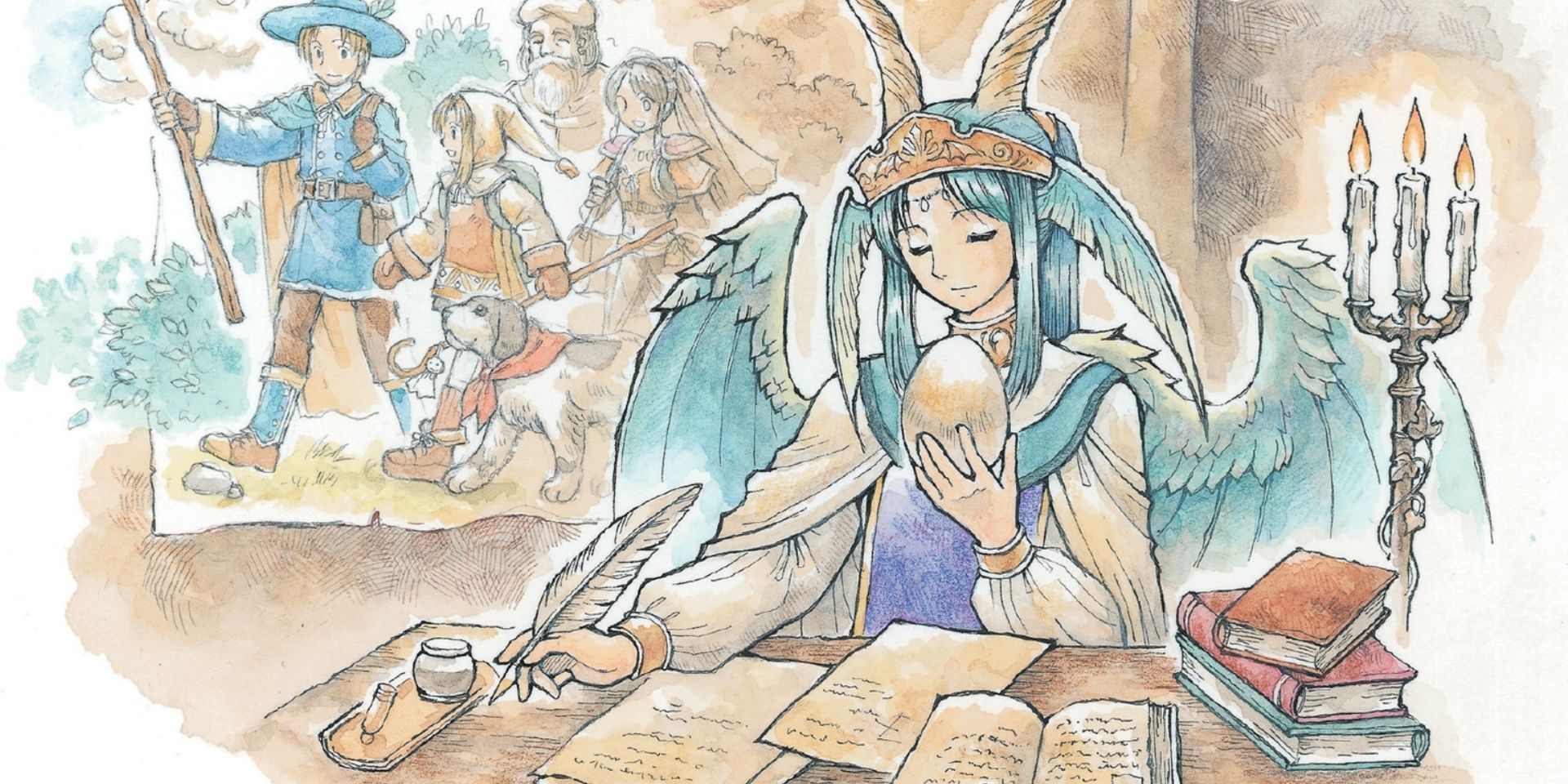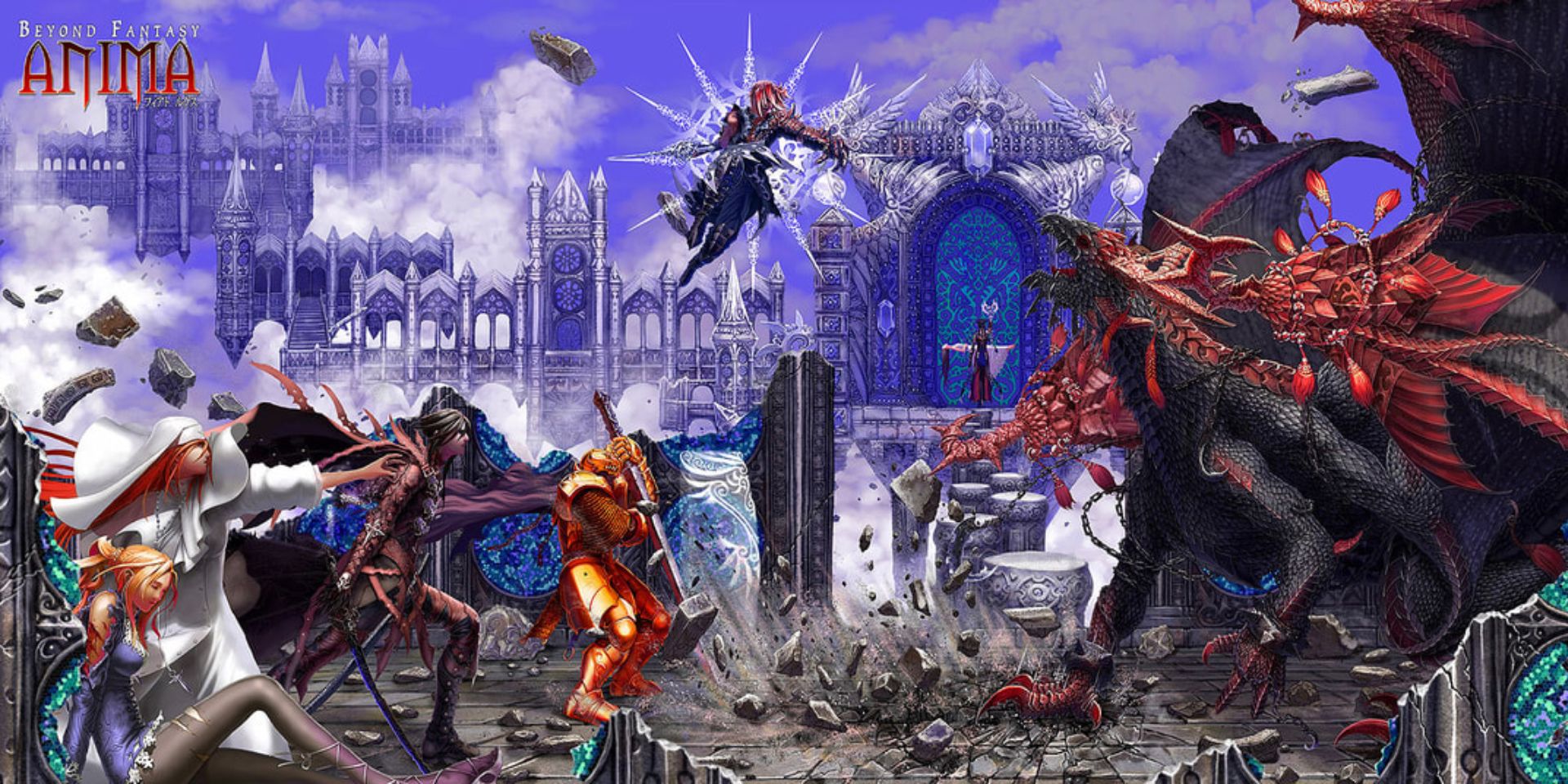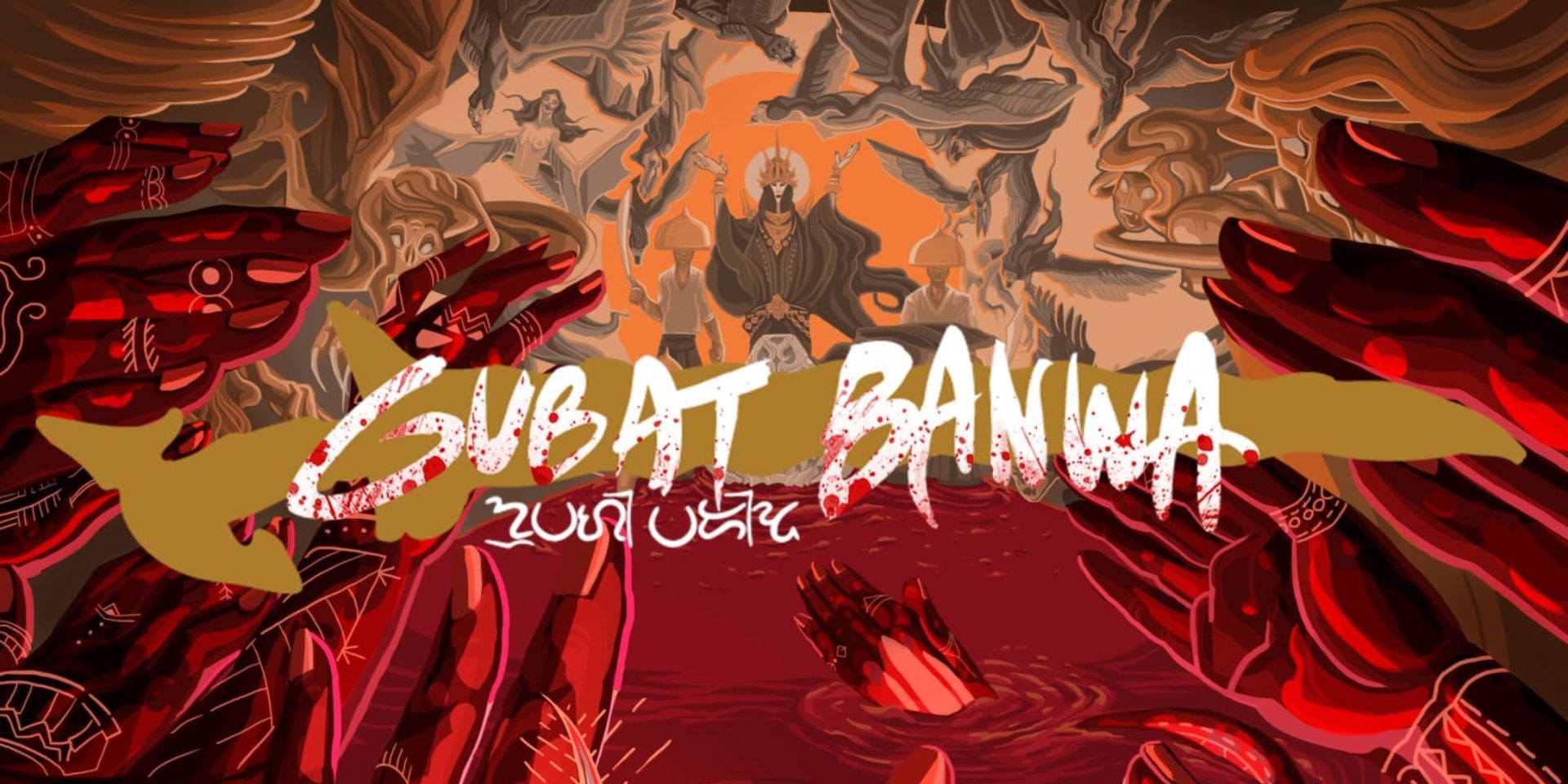Tabletop RPGs Final Fantasy & Dragon Quest Fans Will Enjoy
Table of Contents
A look at tabletop roleplaying gams with rules and themes similar to those of Dragon Quest, Final Fantasy and other console RPGs published in Japan.
You Are Reading :Tabletop RPGs Final Fantasy & Dragon Quest Fans Will Enjoy

If tabletop games like Dungeons & Dragons and video games like The Elder Scrolls V: Skyrim are quintessential examples of fantasy roleplaying games in America, then video games like Dragon Quest and Final Fantasy practically embody the heroic fantasy genre in Japanese culture. Gamers who who enjoy the gameplay and aesthetic of these two franchises will definitively enjoy the following tabletop games, each featuring settings and rule-systems that emulate, homage, and build on the motifs of “JRPGs.”
The first Dragon Quest game was published in 1986 by Enix, while the first Final Fantasy game was published by SquareSoft in 1987 (both franchises are currently published by the merged company Square Enix). Both these games wound up spawning massively successful franchises while also transforming the Japanese console RPG market in Japan, popularizing fundamentals such as turn-based menu combat, adventuring parties that recruit new members over time, and random encounters with enemies in the game world. The spells, characters classes, and many of the enemies in the earlier Dragon Quest and Final Fantasy installments borrowed a lot from western fantasy RPGs like Dungeons & Dragons; over time, however, both franchises developed their own unique take on the heroic fantasy setting.
The Dragon Quest games are generally light-hearted (while still nuanced) in tone, featuring lists of magical spells with names like “Kaboom” or “Kafizzle,” cute open-world enemies such as the infamous Blue Slime, character designs made by Akira Toriyama (the creator of the Dragonball manga) and consistently idealistic plots about bands of heroes saving the world from evil overlords. The Final Fantasy franchise of games started out with similar plots and aesthetics, but steadily developed its own unique world-building motifs such as technology powered by magic, dirigible Skyships, power-channeling crystals, entities players can summon to assist in combat, environmentalist themes, and avian riding steeds called Chocobos.
Some of the tabletop roleplaying games below draw inspiration from the world-building of Dragon Quest and Final Fantasy, while others consciously try to capture of feel of playing one of these classic console games. Every one of these games was made by designers who clearly enjoyed playing JRPGs in the past and wanted to pay homage the games they loved in their own original epic fantasy tabletop RPGs.
ICON Is A Mythic Fantasy TTRPG
![]()
The fantasy RPG ICON, currently available as a playtest on itch.io, was designed by Massif Press, the creators of the sci-fi Mecha RPG Lancer, as an explicit homage to their favorite “mythic fantasy” video games. The setting of ICON, a planet called Arden Eld, is currently enjoying a period of peace called the Green Age, filled with scattered settlements and cities flourishing amidst the ruins of a long-fallen empire that once conquered the world with arcane and technological might.
Player characters in ICON take on the role of martial or magical heroes who raid the massive dungeon-like ruins of the “Arkenlords” to destroy the monsters within and plunder powerful artifacts. The non-combat narrative rules for ICON are modeled after the “Forged In The Dark” RPG system, while the more tactical combat rules, inspired by games such as Final Fantasy XIV and Dragon’s Dogma, let players devastate foes with the clever use of epic abilities and Limit Break attacks unique to character classes such as the “Head Lopper,” “Sealer” or “Geomancer.”
Ryuutama Mirrors JRPG Turn-Based Combat

Ryuutama – Natural Fantasy Roleplay, a Japanese Tabletop RPG currently published by Kotodama Heavy Industries on itch.io, has an aesthetic very similar the Final Fantasy and Dragon Quest games of the 1990s. The core combat system of Ryuutama consciously emulates the classic turn-based combat of console JRPGs, featuring an abstract tactical map where player can choose to shift their characters between the “front lines” or “back lines” of a battle.
However, Ryuutama’s main focus is telling stories of exploration, wonder, and friendship, featuring non-militant character classes such as “minstrels,” “merchants,” and “farmers,” a magic system not focused around harming enemies, and special rules that let players create and define the villages and wild places their characters visit.
Anima: Beyond Fantasy Is A Love Letter To Anime

Anima: Beyond Fantasy, an epic fantasy RPG currently available on Drivethru RPG, is a love letter to Japan’s most famous anime, manga, and video game fantasy narratives. The sword-and-sorcery world of Anima: Beyond Fantasy, a planet called Gaia, is chock full of heroes, villains, monsters, and various kingdoms with conflicting goals and ideals, making it easy for GMs of this game to create narratives about imperialism, faith, an the misuse of magic similar to those seen in games like Final Fantasy VI or Final Fantasy X. Character creation is an intricate process in Anima: Beyond Fantasy, letting players create customized PCs using a mix of Class templates, Skills, and supernatural abilities within the paradigms of magic, Ki manipulation, psychic powers, and divine blessings.
Gubat Banwa Is Heavily Influenced By D&D

Gubat Banwa’s gameplay, strongly influenced by Lancer and Dungeons & Dragons 4th Edition, also owes a lot conceptually to the combat mechanics of the Final Fantasy Tactics franchise. The current combat rules in the Early Access version of Gubat Banwa throw players into the middle of dynamic, shifting battlefields where clever tactics, careful positioning, and the use of powerful martial or magical abilities will lead their PCs to victory. Unlike the European medieval fantasy setting of Final Fantasy Tactics, Gubat Banwa is steeped in the culture, myths, folklore and social structures of the pre-colonial Philippines, with players taking on the role of passionate warrior-braves who can ride magical swordfish steeds into battle and rend both their bitter enemies and star-crossed lovers with magic, martial arts, and ornate matchlock muskets.
Fight Item Run

The title of the minimalist fantasy RPG Fight Item Run, currently available on itch.io, is a deliberate reference to the combat menu seen in console RPGs of the 1990s. The rules of Fight Item Run, built off the “Powered By The Apocalypse” RPG engine, are designed to let players and the DM collaborate to procedurally create a sprawling dungeon complex their characters explore, filled with monsters to fight, secrets to discover, and items to collect. Special “Move” rules such as “Attack Target,” “Use Item,” or “Draw Magic From Target” capture the feel of exploring a dungeon in an old 8-bit graphic games, while character classes such as “Sentinel,” “Elementalist,” and “The Lancer” embody popular archetypes and roles of characters from early Dragon Quest or Final Fantasy JRPG classics.
Link Source : https://screenrant.com/tabletop-rpg-final-fantasy-dragon-quest/
